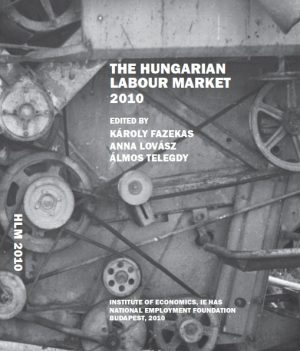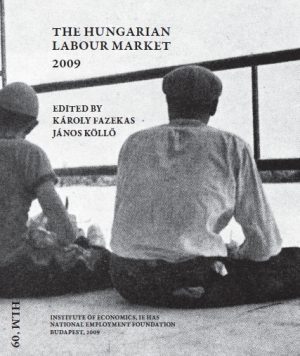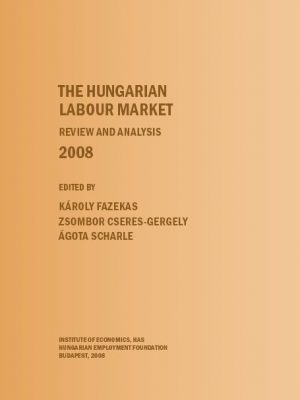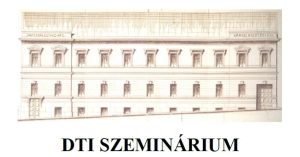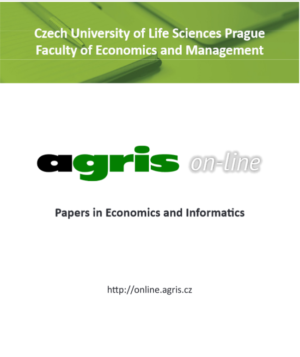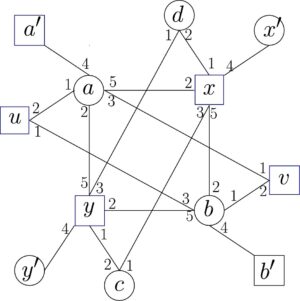The Hungarian Labour Market – Review and Analysis contains a review of the current developments in the labour market and employment policy, as well as an in-depth analysis of a subject area within the topic.
This year, we once again compiled a publication that details the characteristics of Hungarian labour market processes and their interrelations in an easily understandable, transparent structure based on the available statistics and on both theoretical and empirical research. In each chapter, we have understandably placed an emphasis on the presentation and analysis of the labour market consequences of the economic crisis.
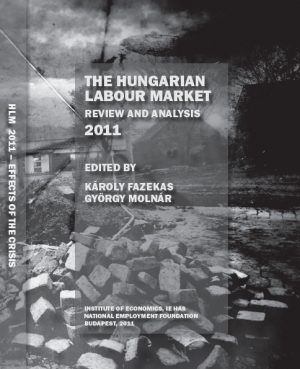
THE HUNGARIAN LABOUR MARKET – REVIEW AND ANALYSIS 2011
Fazekas Károly, Molnár György
2011


